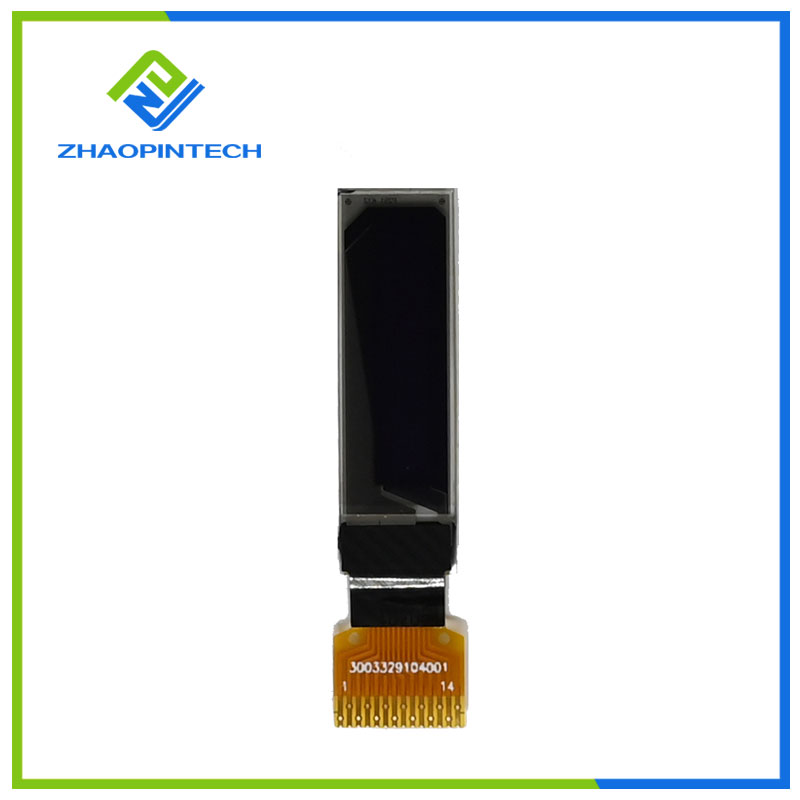

The anode is connected to the positive electrode of the device with the applied driving voltage, and the holes in the anode will move to the light-emitting layer in the device under the driving of the applied driving voltage. Can be observed from the outside world; the most commonly used material for anodes is ITO. The hole injection layer can modify the anode of the device, and can smoothly inject holes from the anode into the hole transport layer; the hole transport layer is responsible for transporting holes to the light-emitting layer; the electron blocking layer will transport the holes from the cathode. The electrons are blocked at the interface of the light-emitting layer of the device, increasing the concentration of electrons at the interface of the light-emitting layer of the device; the light-emitting layer is the place where the electrons and holes of the device recombine to form excitons and then the excitons de-excite light; the hole blocking layer will The holes of the anode are blocked at the interface of the light-emitting layer of the device, thereby increasing the probability of recombination of electrons and holes at the interface of the light-emitting layer of the device, and increasing the luminous efficiency of the device; the electron transport layer is responsible for transporting electrons from the cathode to the light-emitting device of the device. The electron injection layer plays the role of modifying the cathode and transporting electrons to the electron transport layer; the electrons in the cathode will move to the light-emitting layer of the device under the driving voltage of the device, and then between the light-emitting layer and the empty space from the anode. The holes are recombined.
